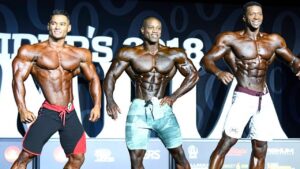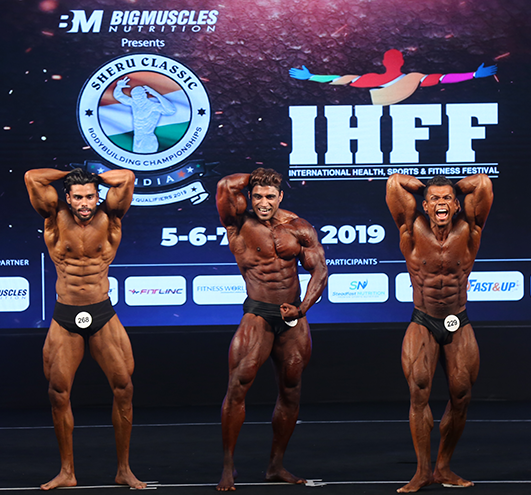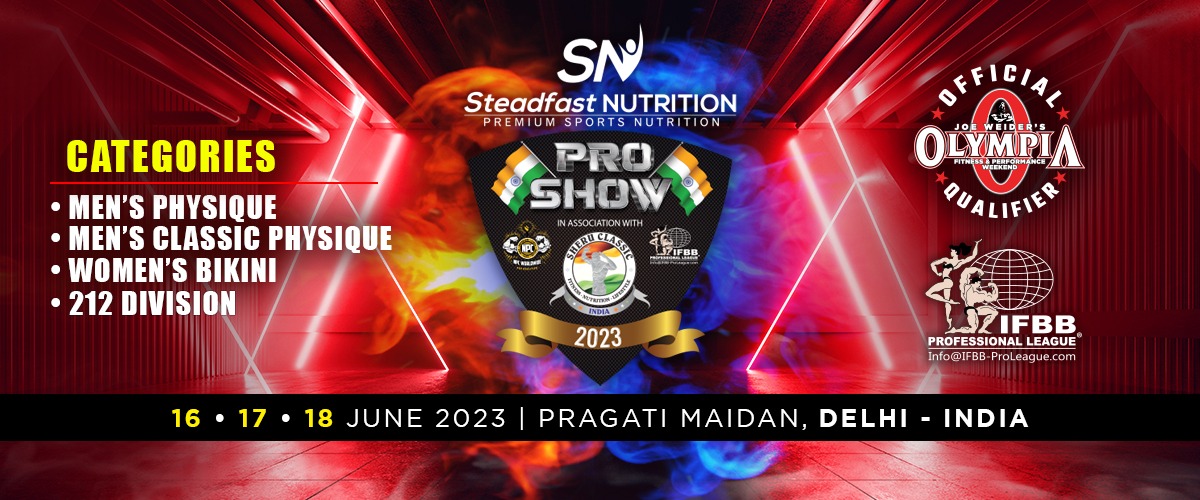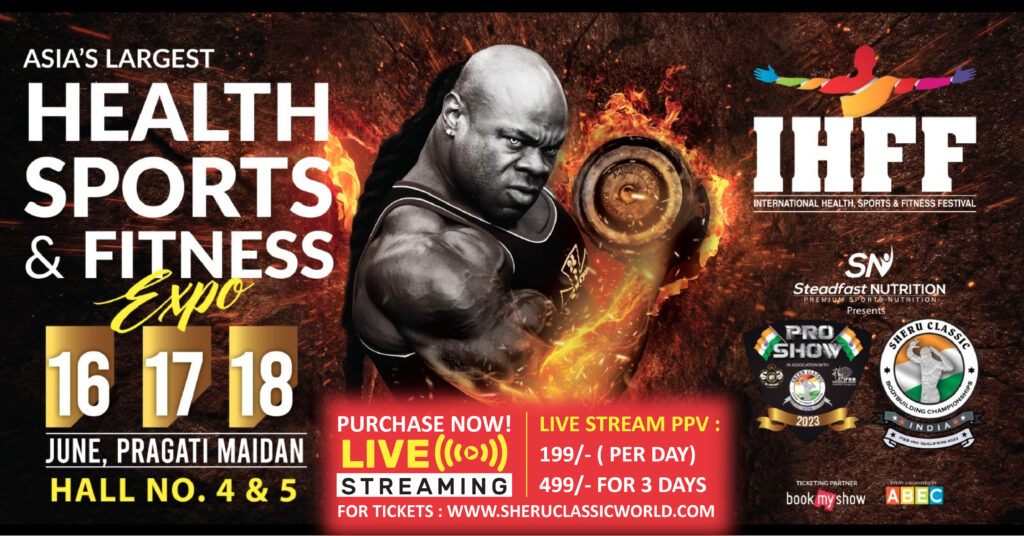Bodybuilding is the sport of building muscle and losing fat. Bodybuilding is divided into three categories- Physique, fitness, and figure. Men’s Physique is the most popular category because it encompasses all bodybuilding activities like lifting weights, cardio, etc., and focuses on improving one’s overall fitness level.
The figure category focuses on bodybuilding to achieve a certain body shape or size. Men’s Physique covers all bodybuilding activities that apply to men.
In an effort to give recognition to the male Physique as a sport discipline, the IFBB Executive Council and IFBB International Congress voted unanimously in favor of recognizing men’s Physique as a new sport discipline on 11 November 2012.
This comes just months after the World Anti-Doping Agency recognized bodybuilding as an “integrated sport,” opening up the sport to more participants.
The decision was based on a motion by Men’s Physique UK representatives, which argued that there is enough variety and variability within men’s physique competitions to warrant its separate category.
“It’s been clear for some time now that there is significant potential within the men’s physique category, with athletes from all over the world competing at the highest level,” said Men’s Physique UK CEO Lawrence Epstein.
What is Men’s Physique?
In bodybuilding, the term “Men’s Physique” is used to describe a muscular body type that is more typically found on men. This physique typically includes larger muscles and more pronounced veins and striations.
Men’s physiques are often preferred by bodybuilders and fitness enthusiasts because they tend to be more aesthetically pleasing and can be more challenging to build.
Men’s physique is a weight classification system that was created by the IFBB (International Federation of Bodybuilding and Fitness). It is based on the body mass index (BMI), which is a measure of your weight in relation to your height.
To compete in Men’s Physique, you must have a BMI within the limits set by the IFBB. These weight classifications are based on your height and build; they’re not simply about how much muscle you have.
So, if you’re looking to compete in Men’s Physique, make sure you’re within the limits set by the IFBB and that you meet the specific measurements for the category you’re interested in.
Bodybuilding vs. Men’s Physique
There is a lot of confusion regarding bodybuilding and men’s Physique. The two have a lot in common, including their focus on building muscle. However, some important differences need to be considered before drawing any conclusions about which are better.
- First and foremost, bodybuilding is not just for men. Women can also benefit from training hard and eating right to build muscle.
- Bodybuilding focuses on sculpting and Tone, while Physique focuses on increasing muscle mass.
- Bodybuilders use weight training and cardio to achieve their desired Physique, while Physique athletes need to focus on nutrition as well.
- Bodybuilders may have a leaner-looking physique than Physique athletes, but both disciplines can produce excellent results.
- Physique athletes often require more time to see results as they must maintain an elevated caloric intake in order to increase muscle mass.
- Anyone who wants to improve their physiques can train in either bodybuilding or Physique, but each has its benefits and drawbacks that must be considered before making a decision.

How many categories are in Men’s Physique?
There are six categories in Men’s Physique and these categories change every two years, so it’s important to stay on top of all the latest changes.
If you’re interested in competing in Men’s Physique but don’t know where to start, for now let’s understand these categories closely.
Six Categories of Senior Men’s Physique
CLASS | HEIGHT CLASSES |
CLASS A | Up to & including 170 cm |
CLASS B | Up to & including 173 cm |
CLASS C | Up to & including 176 cm |
CLASS D | Up to & including 179 cm |
CLASS E | Up to & including 182 cm |
CLASS F | Over 82 cm |
Categories in Junior Men’s Physique
CLASS | HEIGHT CLASSES |
One open category | 16 to 20 years of age |
CLASS A | Up to & including 174 cm (21 to 23 years of age) |
CLASS B | Up to & including 178 cm(21 to 23 years of age) |
| CLASS C | Over 178 cm(21 to 23 years of age) |
Categories of Masters Men’s Physique
CLASS | HEIGHT CLASSES |
CLASS A | One Open Class(Age 40-44) |
CLASS B | One Open Class(Age 45-49) |
| CLASS C | One Open Class(Age 50 and over) |
Words From Us
Are you interested in bodybuilding but don’t know where to start? Here are some tips for getting started with men’s physique competitions.
- First, find a competition that fits your schedule and interests.
- Second, research the rules and format of the competition.
- Third, practice your poses and movements until they flow smoothly.
- Fourth, be confident in your appearance and pose for the judges.
- Fifth, be prepared to put in hard work and dedication during training sessions and competitions.
- Finally, have fun while training and competing.






